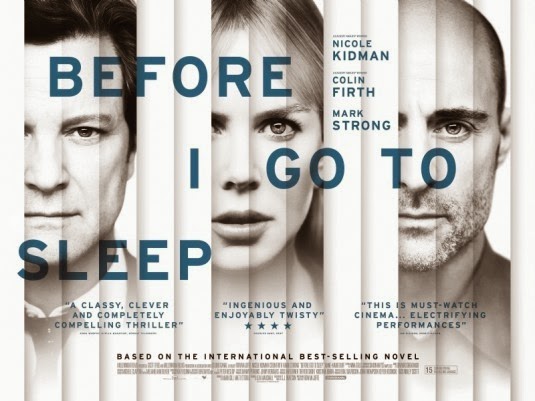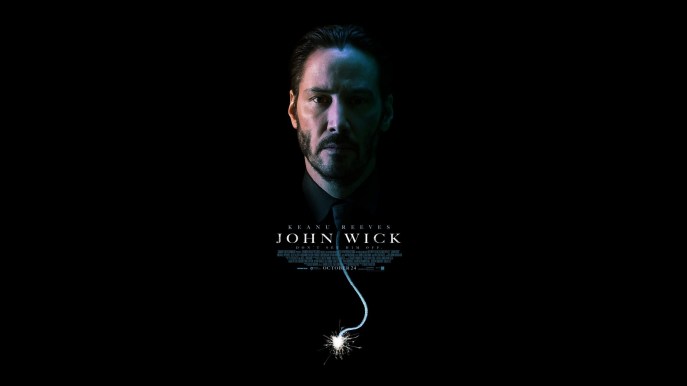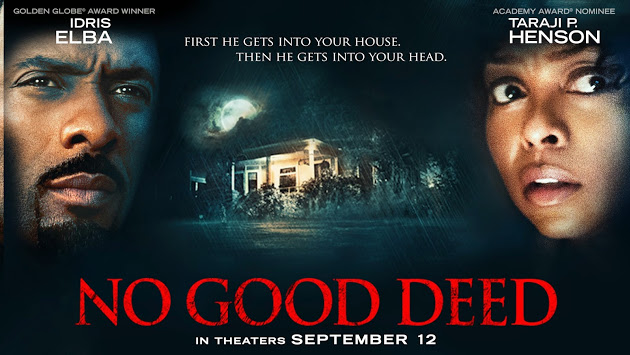“Sin City: A Dame to Kill For.” 2 Stars. Rated R. 102 Minutes.
In this sequel to the 2005 hit, Robert Rodriguez and Frank Miller throw us once more onto the rain-soaked, dirty, evil streets of Sin City where the men are hard, the women loose and daylight doesn’t exist, for three different stories that converge for a dark climax.
Though the movie is visually arresting the film noir tropes it contains are as pedestrian as they come. Each of the three stories follows the same pattern – someone’s wronged, they seek revenge, they get it in the bloodiest manner possible. This becomes tedious while the violence becomes more and more graphic as the film wears on, ultimately bordering on the offensive.
There’s no question that Frank Miller and Robert Rodriguez’s “Sin City: A Dame to Kill For” is a visually stunning piece of work, the sort of film DVDs were made for – you’ll find yourself wanting to freeze-frame multiple images throughout to simply study their composition and appreciate the attention to detail that have gone into them. Utilizing green-screen effects, traditional animation and computer-generated images, the world the directors have created still seems fresh and vibrant as “Sin City” did some nine years ago, which is rather surprising what with all of the technical advances that have been made since. Unfortunately, similar innovations have not been made where Miller’s stories are concerned. Hoary when they were used in the original comic books released in the early ‘90’s, the film noir tropes at play here are as stale as the visuals are fresh and they ultimately undo this production as their familiarity, as well as the unnecessary graphic violence, bred more than a bit of contempt in this viewer.
While the violence is of a stylized nature, it’s rendered in such a callous, overwrought manner that it borders on the offensive and calls so much attention to itself that it takes the audience out of the film in every instance. That being said, if you’ve seen one film noir, then Dame holds little in the way of surprises anyway. A character is wronged, they seek revenge, it’s enacted in a bloody manner – and that’s about it. This adherence to form doesn’t do the movie any favors as the stories it contains soon become monotonous, breeding indifference and ultimately boredom in the viewer. Like so many of the scantily clad women it contains, Dame is something to behold but it soon becomes apparent that little lies beneath its surface.
Read the full review: http://illinoistimes.com/article-14376-dame:-dynamic-yet-tired.html








